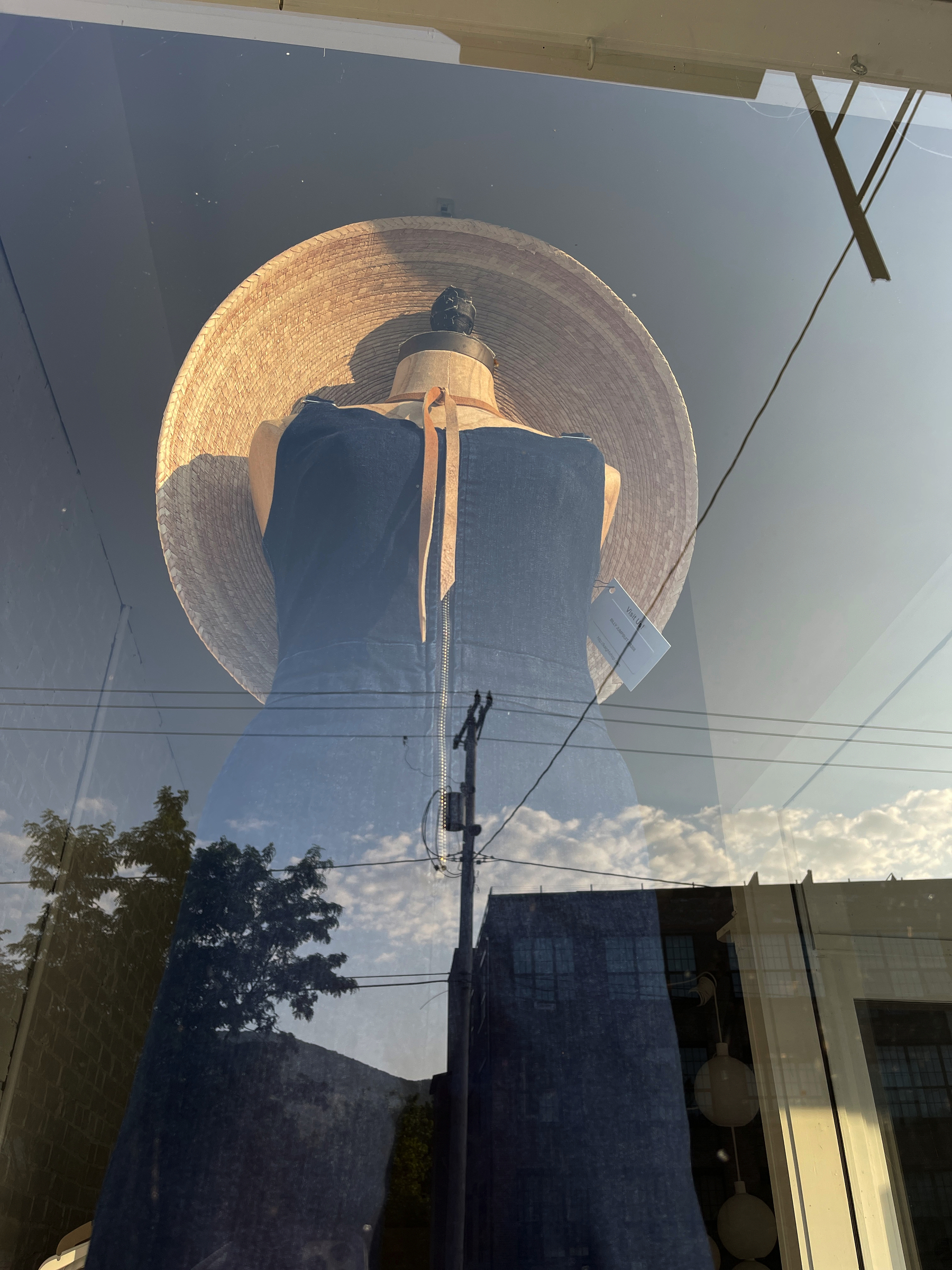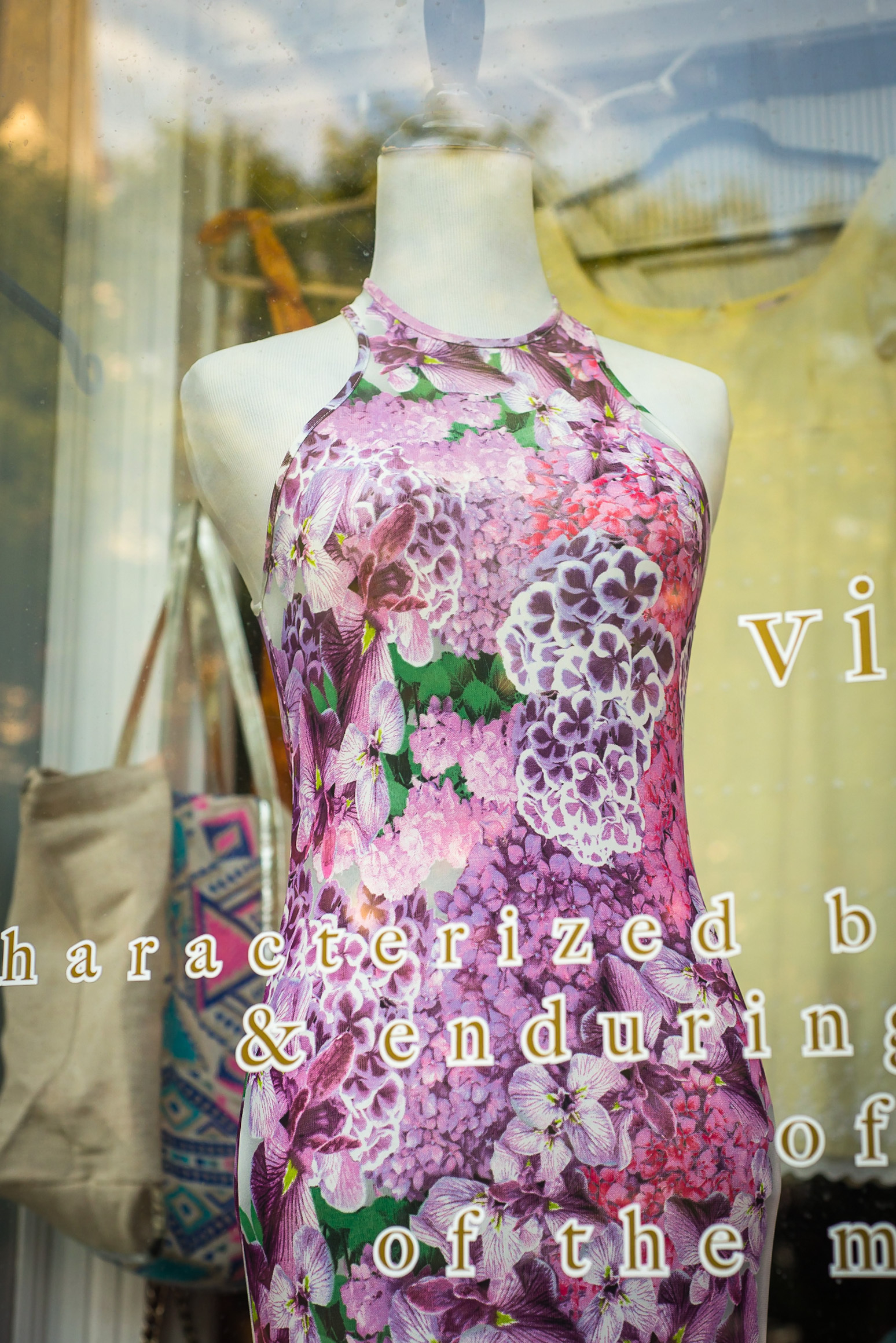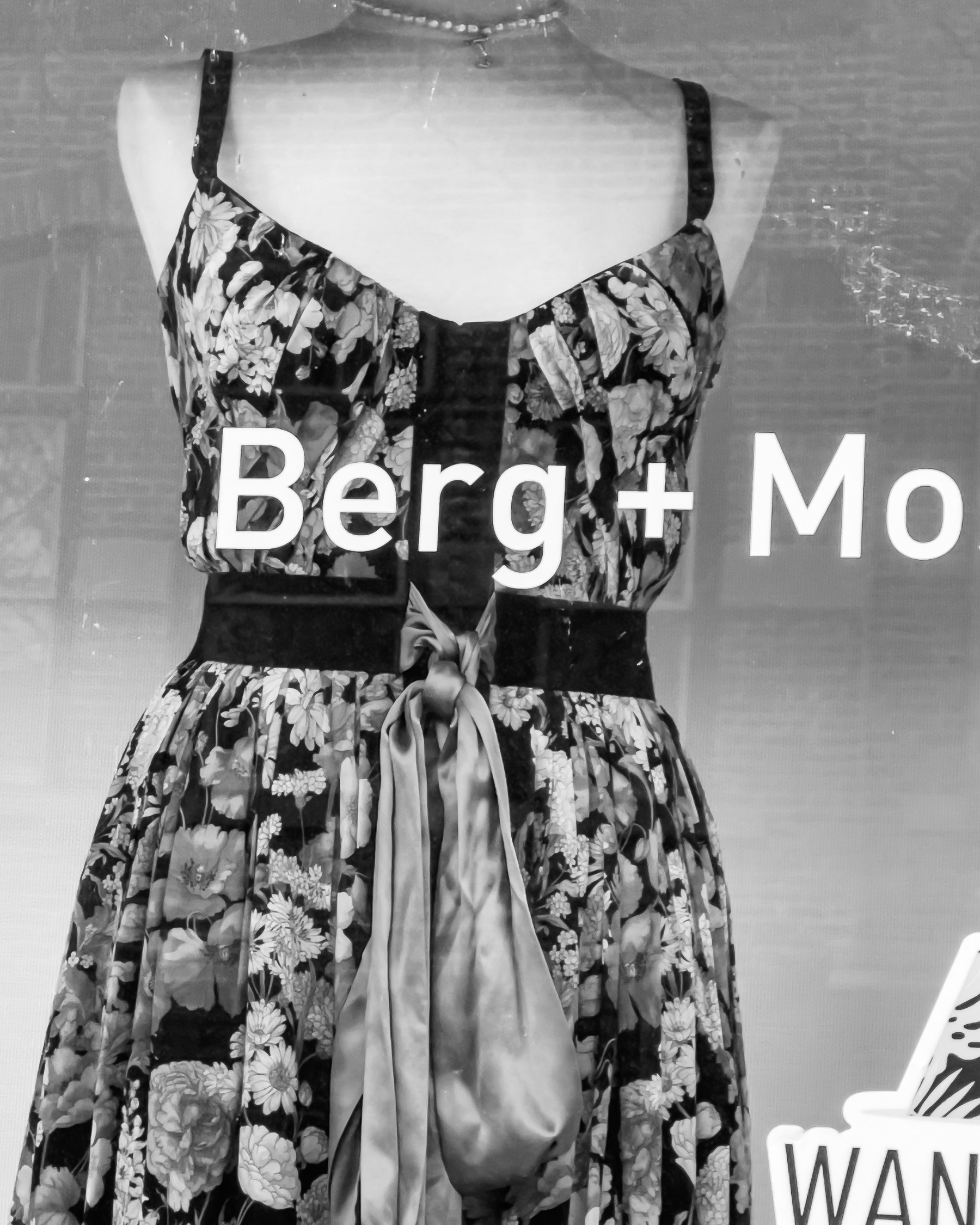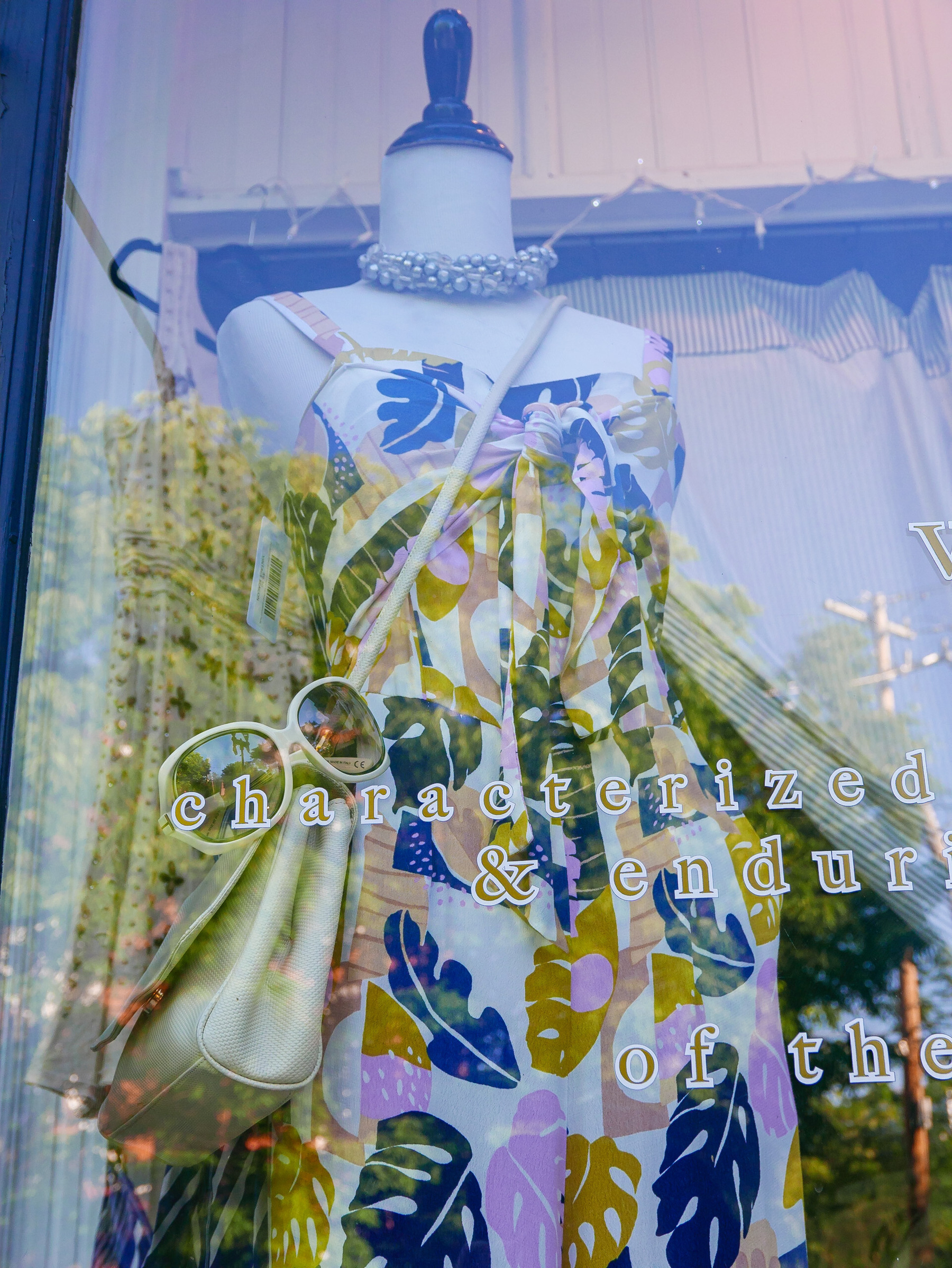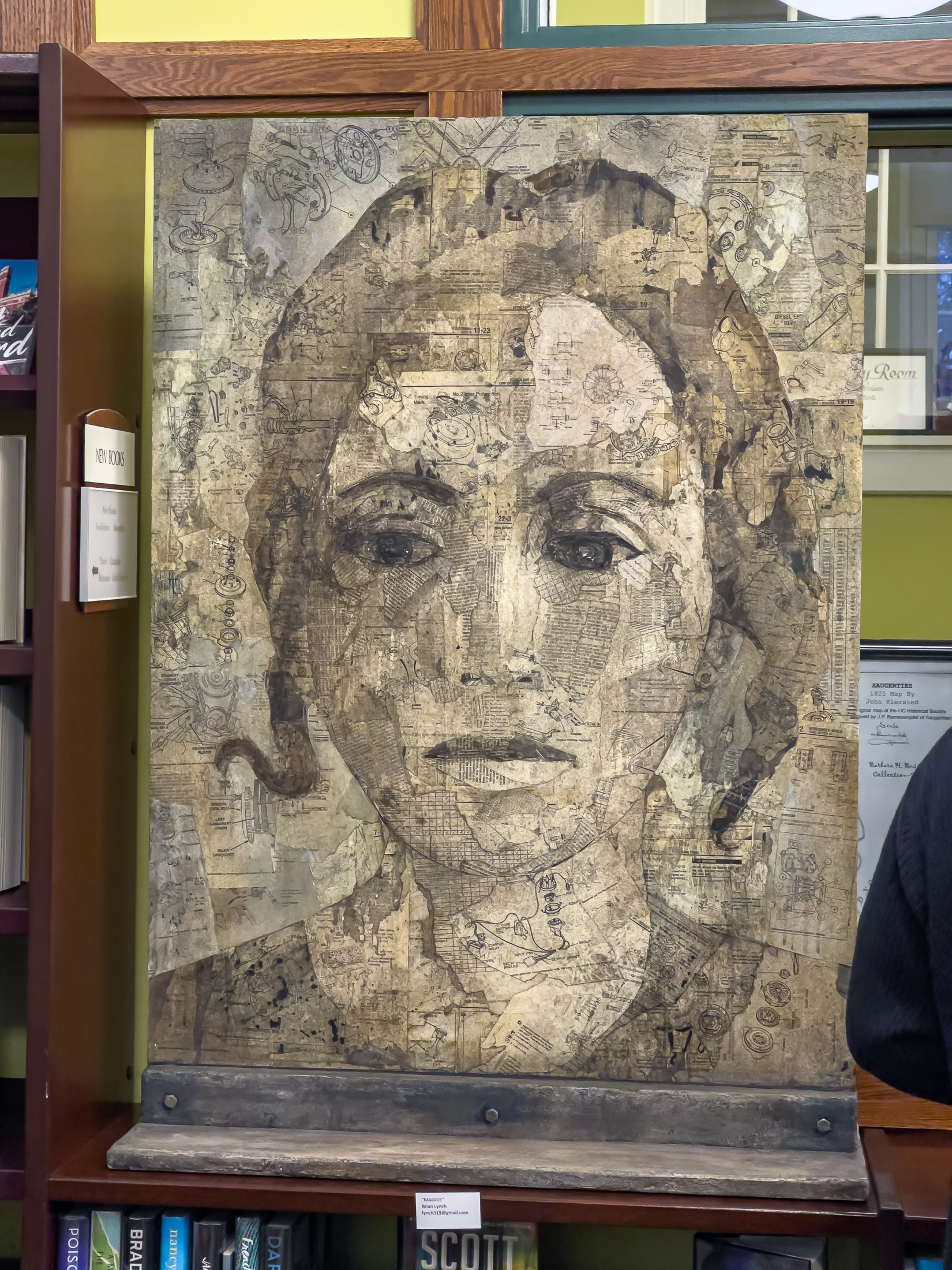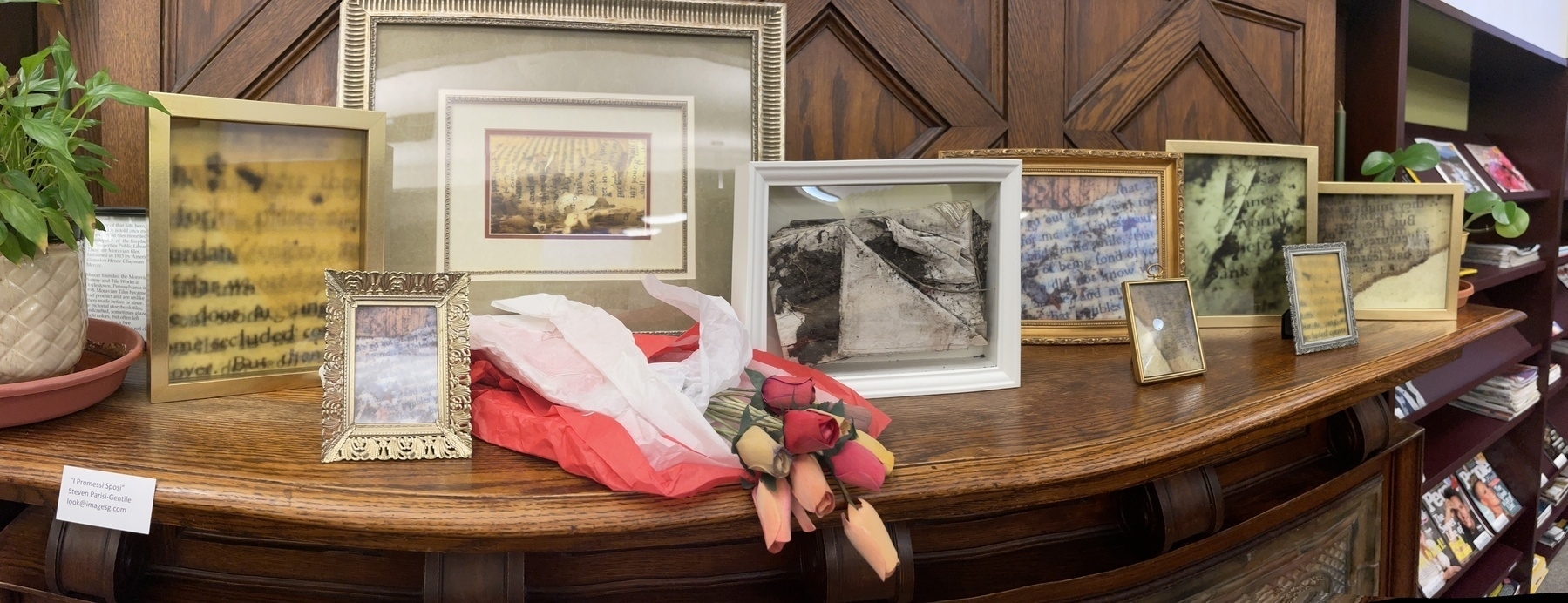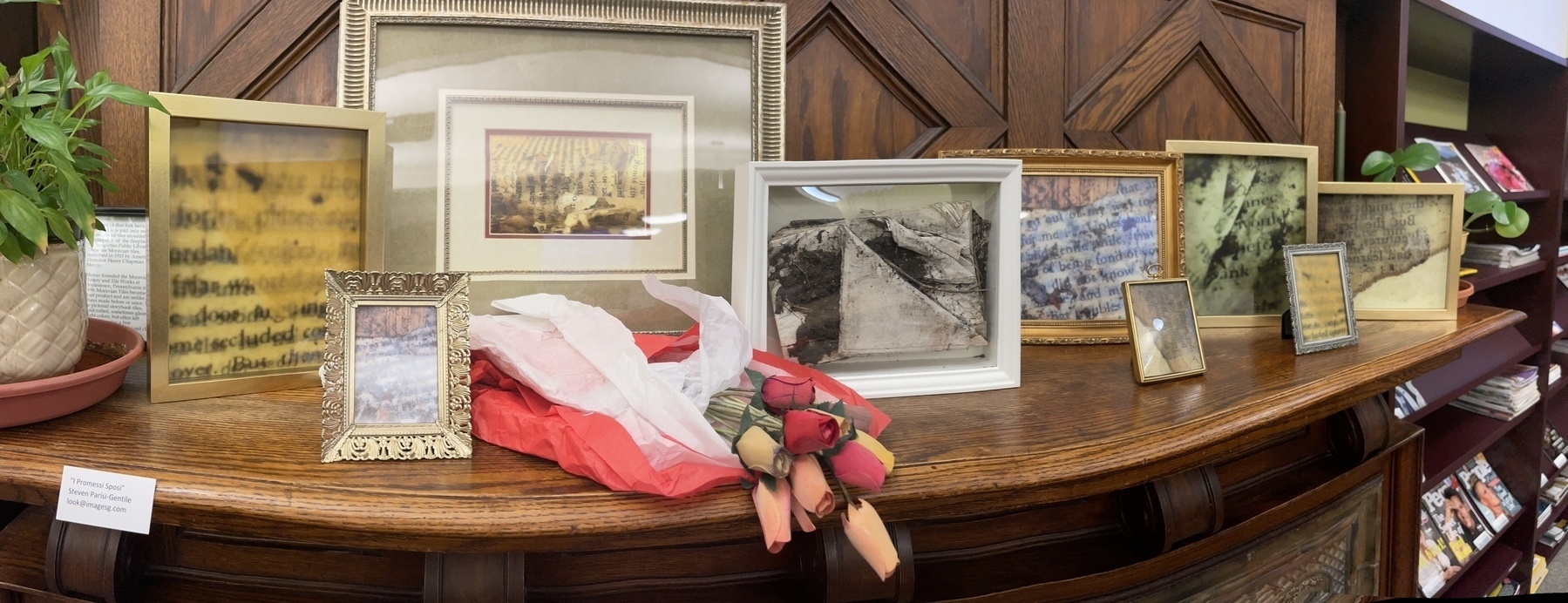The man who is aware of himself is henceforward independent; and he is never bored, and life is only too short, and he is steeped through and through with a profound yet temperate happiness. He alone lives, while other people, slaves of ceremony, let life slip past them in a kind of dream. Once conform, once do what other people do because they do it, and a lethargy steals over all the finer nerves and faculties of the soul. She becomes all outer show and inward emptiness; dull, callous, and indifferent.
— Virginia Woolf1
The other night, at photography salon, a young woman blew into the room after we had started reviewing work. She was lugging a pile of material. There was a framed something; there was a massive book; there were images in protective sleeves. She set them down on a chair and walked over to pet Charlotte, the pit bull/boxer mix that had accompanied a salon member. We were reviewing female nude images by one of our regulars. As we were wrapping it up, the photographer asked the young woman whether she thought the images were sexual or sensual. She said she thought they were neither. She told us she’d been the subject of nude photography since she was 2 years old; that she modeled in the nude herself sometimes; that she was a member of a nudist colony; that she was genuinely interested in photographing people, mostly women, in the nude; that her work centered around the female nude and the landscape; that her life was in turmoil; that she was being forced to move from her home/studio; that she was forced to take down her website because of accusations of child pornography (shades of Sally Mann); that she had come to the salon because she had been meaning to for over a year and needed a break from packing up her studio/apartment.
When her turn came to share work, she spread out an array of imagery in a variety of formats. The centerpiece was an enormous, one of a kind, hand made book, coptic stitched together. A scrapbook, artist notebook, whatever. There was also a framed photograph of a nude black woman standing with her back to the camera in a v shaped rock formation in a rocky landscape. The black woman became the vulva between the thighs of the rock formation. Later in her presentation, we would discover that she had a vulva series, which were cropped closeups of a vulva, probably hers, but she didn’t say. She had positioned these closeup vulva images near the center of large pages and drawn and painted all around them in a beautiful, colorful, flowering way. She shared an image of a nude woman lying in an undulating landscape which, on closer inspection, turned out to be the bodies of other nude women. There was a nude woman swimming underwater, laminated to a piece of wood with a thick polyurethane coating and shards of glass embedded in the coating. These, she explained, were maquette samples of much larger works, made for porting around to galleries. There was an image of a circle of nude women lying on the ground in a star shape, heads to the center, feet to the perimeter, faces, bellies, breasts, and vulvas up. She told us her life was a mess; that she was in transition; that she wanted to get her MFA at either Yale or RISDI, which suggested she had money, or wildly impractical dreams, or maybe both. The work, and her presentation of it and self, were suggestive of a chaotic woman creative. What one might call a force of nature. I could believe she would get into either of those colleges. I don’t know if we will ever see her again. Her life was spinning her out of town. She said she’d be back, but who knows?
We show the world what we want the world to see. For some of us, too many of us, what we want the world to see is a reflection of what we believe it wants to see. For this woman, it was unquestionably what she wanted the world to see. Not reflective, but the radiant source of a fundamental, if chaotic, honesty. A solar, or perhaps lunar, flare. She seemed unapologetically, herself, a tempest, which might be spinning out of control, might be barely and forever just under control. It’s hard to know from one brief encounter. Yet, she brought something home to me.
I have been operating at the edges of the territory of reflecting what others want to see for all my 68 trips around the sun, constrained by the powerful star, then death star, of my father. I defied him constantly, but never fully escaped orbit. I was unable to reflect what he wanted to see, but also unable to break free of the mirror and frame imposed on me. It would have, I think, been news to him that I was in any way bound by his expectations of me.
I am a man. Now you may think I’ve made some kind of silly mistake about gender, or maybe that I’m trying to fool you, because my first name ends in a, and I own three bras, and I’ve been pregnant five times, and other things like that that you might have noticed, little details. But details don’t matter… I predate the invention of women by decades.
. —Ursula K. Le Guin2
So here I am, 68 years old, struggling to smash the mirror and escape the frame. I am stuck. Not s/he wolf enough to openly live my truth, not domesticated s/he dog enough to hide behind the reflective mirror.
We are on Block Island, enjoying a change of scenery. I wondered before we left, and continued wondering in the first few days of being here, what intention(s) I should set for this time away from the normal background of our lives. I feel the need for a reset. My life seems a jumble of mediocrity and successive near approaches to something like truth, without getting all the way there. None of it seems deep enough, or fundamental enough.
Lately, I have been seeking out erotic imagery of women, in writing and in photographs. Not the nasty and demeaning to the people involved stuff, but the soft core, sensual/sexual stuff. I am particularly interested in imagery, written and photographic, of intimacy between women. I am writing a story about physical and emotional love between two women. Does this erotic imagery drive towards some truth of me? Or is it a longing for things I have aged out of being able to have? I am way beyond the inflamed, sexual youth, whether it be male or female. Is it all longing to be what I can no longer be? Like a deep space probe, I am on a oneway journey out from the center of blazing passions; past the subdued, gently licking-flame passions of the mid-regions; out to the dying ember passions of the outer regions; soon to depart the realm of passions altogether. My connection to that blazing core is increasingly tenuous, my relevance ever diminishing. “Do not go gentle into that good night!” Dylan Thomas advises. I am too far out to be heard, even if I did rage.
Everything I do now seems a longing for something reachable only through memory and imagination. This aging body is of decreasing use to me and anyone else. It can’t fulfill my longings for that youthful blaze in anything like the way I remember the fact of it. I am an increasingly metaphysical being.
Simultaneously, I care less and less about what people think of me. I wonder if one of the things my father hated in me was the s/he wolf prowling around inside.
Metaphysi-me has been experiencing the application of lipstick to his lips as a deeply feminine thing. He has a fantasy about a woman lover who applies the lipstick to his lips, then kisses the s/he wolf that he is. Physical me feels good when metaphysi-me fantasizes this.
There is thunder outside. Is that the god I don’t believe in speaking to me about metaphysi-me? Repress, repress, repress.
Writing what I have written here has, for the moment, freed my mind. I feel relieved. I have welcomed metaphysi-me to the surface of my being. I don’t need for physi-me to manifest these things. What would be the point? It is enough to welcome metaphysi-me to the fold.
I am yin, I am yang. I am the blazing sun of day, I am the waxing and waning moon of night. I am woman, I am man. I welcome these complimentary parts of me to the fullness of my being.
